An essential part of our everyday lives, bread is a common ingredient in every kitchen. Whether you’re a morning person who loves toasted bread and butter or someone who resorts to making sandwiches, you’ll need to have fresh bread.
However, when it comes to storing bread, most people tend to mess up by leaving the packet open. This creates opportunities for moisture to seep in and mold to form, ruining the entire loaf.
To reduce any sort of wastage and potentially save you money, we are going to teach you how to keep the bread from molding. So without further ado, let’s jump right in!
How to Keep Bread from Molding | Different Ways
Taking ease and comfort in mind, we have taken the liberty of picking our top picks. This will present you with a wide range of choices to save your bread from molding.
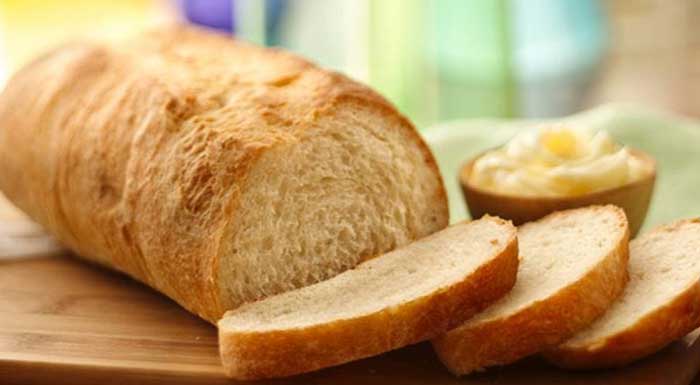
1. Paper Bags
This is probably one of the easiest ways of storing bread and protecting it from mold. The brown paper bags you receive at bakeries or other stores are perfect for this purpose.
Made with kraft paper, these bags will keep moisture away from your loaf of bread but also allow minimum airflow. Make sure you cover the entire loaf with the bag and fold it to keep it closed. You can seal the bag using paper clips or clothespins as well.
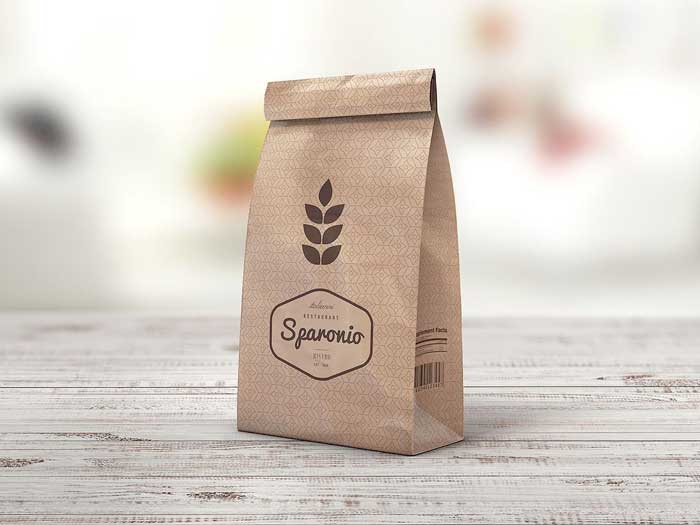
Keeping the bag away from direct sunlight is also a must! The rays of the sun will build up heat inside the bag and create breeding grounds for mold.
2. Boxes Made for Bread
These are small containers that omit the need for paper bags. Made for the sole purpose of storing bread, the design of the box is ideal for preventing molding.
When you walk into the store to get yourself a bread box, you might be perplexed by the wide variety of options. Whether it be ceramic, enamel, or any other material, the boxes should work just fine.
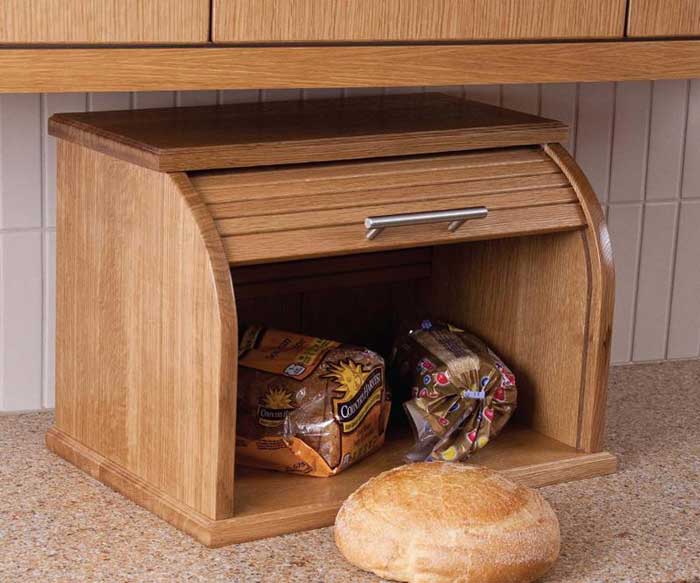
We should also make it clear that you want to be using one box to store one loaf of bread. This keeps the humidity inside the box in check and also does not require too much airflow. Having a large box will give you more space and keep your bread fresh for longer.
3. Refrigerating the bread
When we say refrigerating the bread, we don’t mean for you to just stuff it in your freezer. There are certain steps you must follow in order to properly make use of this technique.
First off, you will need to slice the entire loaf of bread according to your preference. Whichever thickness you prefer, just cut up the entire loaf accordingly. This will let you pull out slices instead of bringing out the entire loaf.
You will now begin to stack each slide on top of one another. Make sure you put wax paper or aluminum foil between the slices. What this does is, prevents freezer burns that can cause your bread slices to stick together.
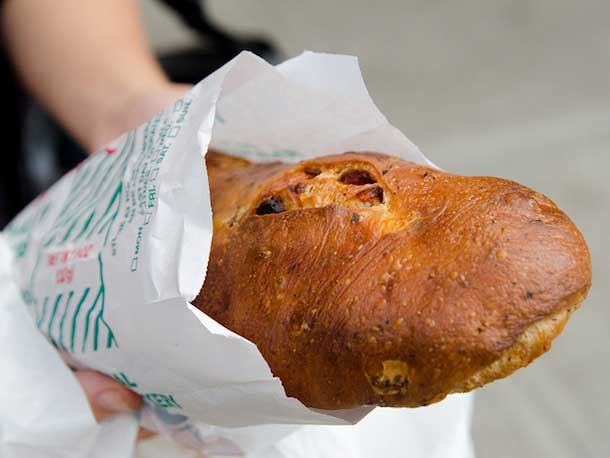
Next, you will be required to place the entire stack into an airtight bag. Using thick freezer bags keeps the moisture trapped inside and also prevents the bread from drying out.
Whenever you need to get a slice of bread, just pop out your bag and unseal it. Since bread is airy and light, it will thaw in a matter of seconds, so don’t worry about waiting for too long.
One trick is to thaw the slices while they are in their wrapping. When you heat them later on, they will absorb all the moisture that may have seeped out of the bread. This gives the bread a fresh taste as if you just bought it.
4. Reviving Stale Bread
This is not entirely a way to prevent molding, but it definitely saves you money. Most people buy a loaf of bread and notice it get hard after a few days. And so, they think the bread is stale, and they throw it away.
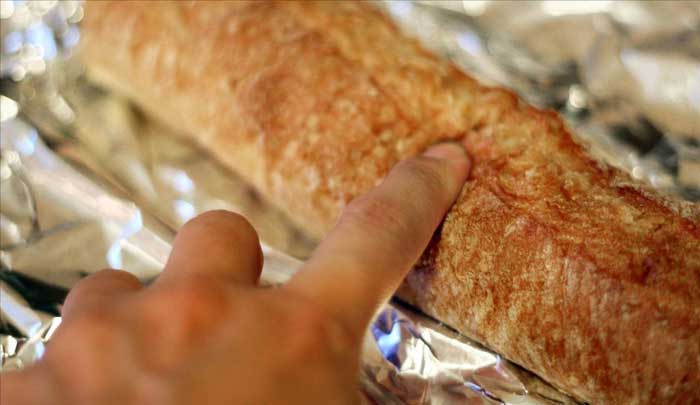
However, placing the stale bread onto a tray with baking paper and heating for 3 mins will bring your old stale bread back to life. So you don’t have to take trips to the store to get a new loaf of bread or throw out what you thought was stale bread.
5. Making Toast
This is another great way to not let your stale bread sit around and develop molds. What you need to think of are ways to use up stale bread in your day to day dishes.
Putting your stale bread into the oven will begin to make it go hard. Depending on your chosen level of thickness, you can easily turn stale bread into toast. This is easier to store and has no chances of trapping moisture to form mold.
6. Buy Loaves and Not Slices
Some people have gotten tired of wasting their loaves of bread, which has led to the popularity of sliced bread. As opposed to loaves, slices are affordable but also have a short shelf life.
If you buy loaves and also know the proper way of storing bread, you would hardly even need to switch over to buying slices. Slices of bread have a higher tendency to develop molds as well.
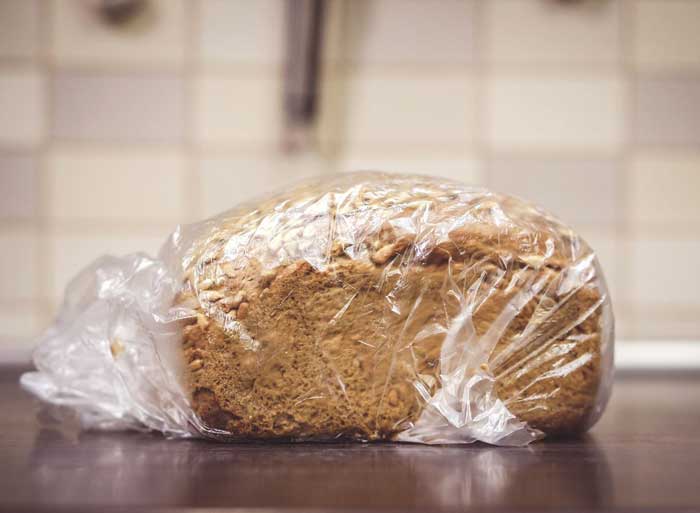
Also, you can easily choose your preferred thickness when it comes to loaves. For those of you who enjoy your sandwiches with other people, the loaf of bread will allow you to cut slices of varying thicknesses.
7. Cut Down the Middle
This is quite a simple technique that gives great results. Everyone has the habit of cutting bread from the very end. However, if you switch over to the middle, the end crusts of the bread remain intact. This allows the bread to hold off its freshness and delay the aging process.
8. Use Cloth Bread Bags
We would definitely ask you to invest in a bread box, but there are other alternatives that could do the trick. Using bags made of cloth will delay the aging process while also providing the bread with continuous airflow.
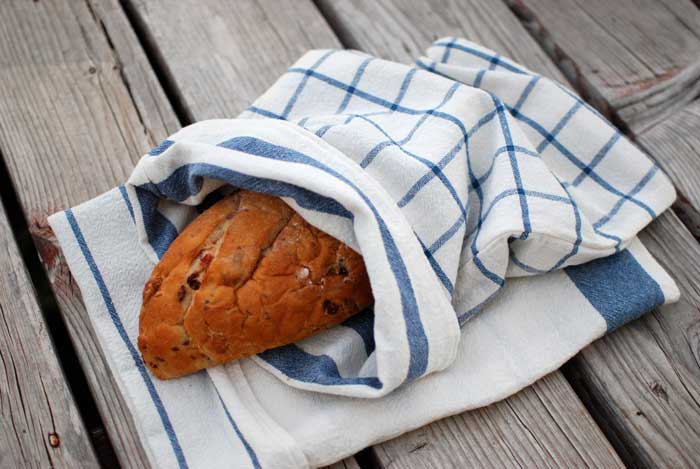
You can find bread bags made of cloth in the store. These are great for storing the bread for long periods of time. But for a quick solution, you can also wrap the bed in a clean towel. This would imitate the conditions your bread would be in when place in the bread bag.
9. Sourdough Starter
If you’re the kind that loves to bake, this method of deterring mold goes out to you. Baking loaves of bread gives you better results than in-store ones as they have a homely freshness that cannot be replicated.
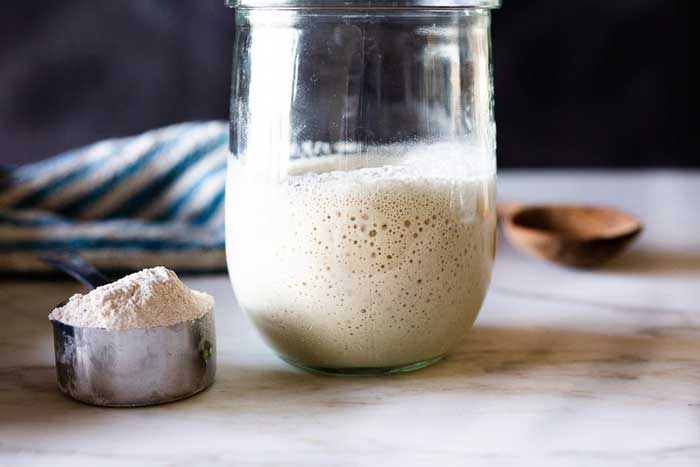
The sourdough starter contains a wild yeast that reduces the pH level of the bread and slows down the aging process. The acidity also makes the bread unpleasant for mold to grow.
10. Bake a Thick Bread
Baking a dense loaf of bread will make it harder for moisture to seep into the bread’s core and create mold. Italian rustic style bread is perfect as they have a hard crust on top with a soft inside.
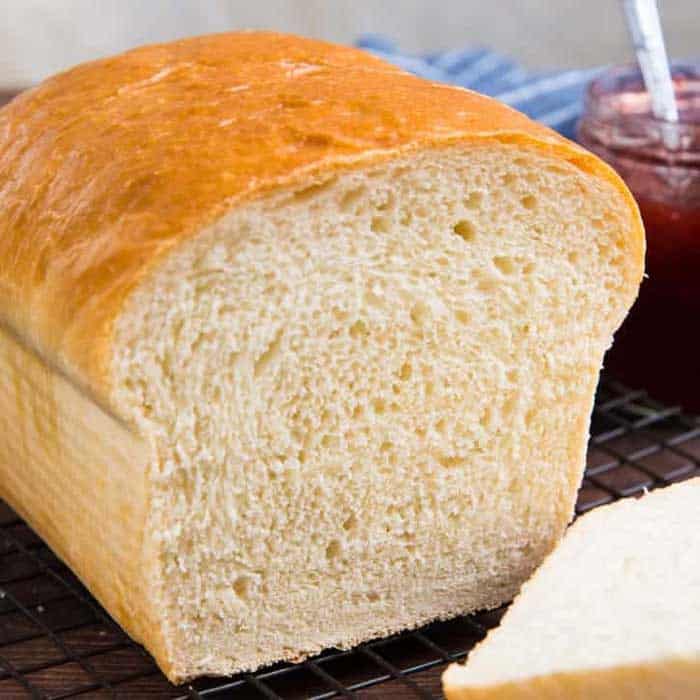
Adding a bit of extra flour will increase the density of your loaf. You can use a spray bottle to create steam on the surface of the bread to give it a crusty outer layer. Make sure you spray water from time to time and check up on it frequently. It can be quite difficult to get the crusty outer layer right.
Conclusion
Preventing the formation of mold is certainly not too hard, but it does require you to be very careful. For preserved freshness, invest in a bread box that would save you trouble in the long run. Or, if you love baking, switch up certain ingredients to make a more long-lasting bread. The choice is yours.
We hope the above article has shown you how to keep the bread from molding in order to save you from microscopic life forms invading your house.

